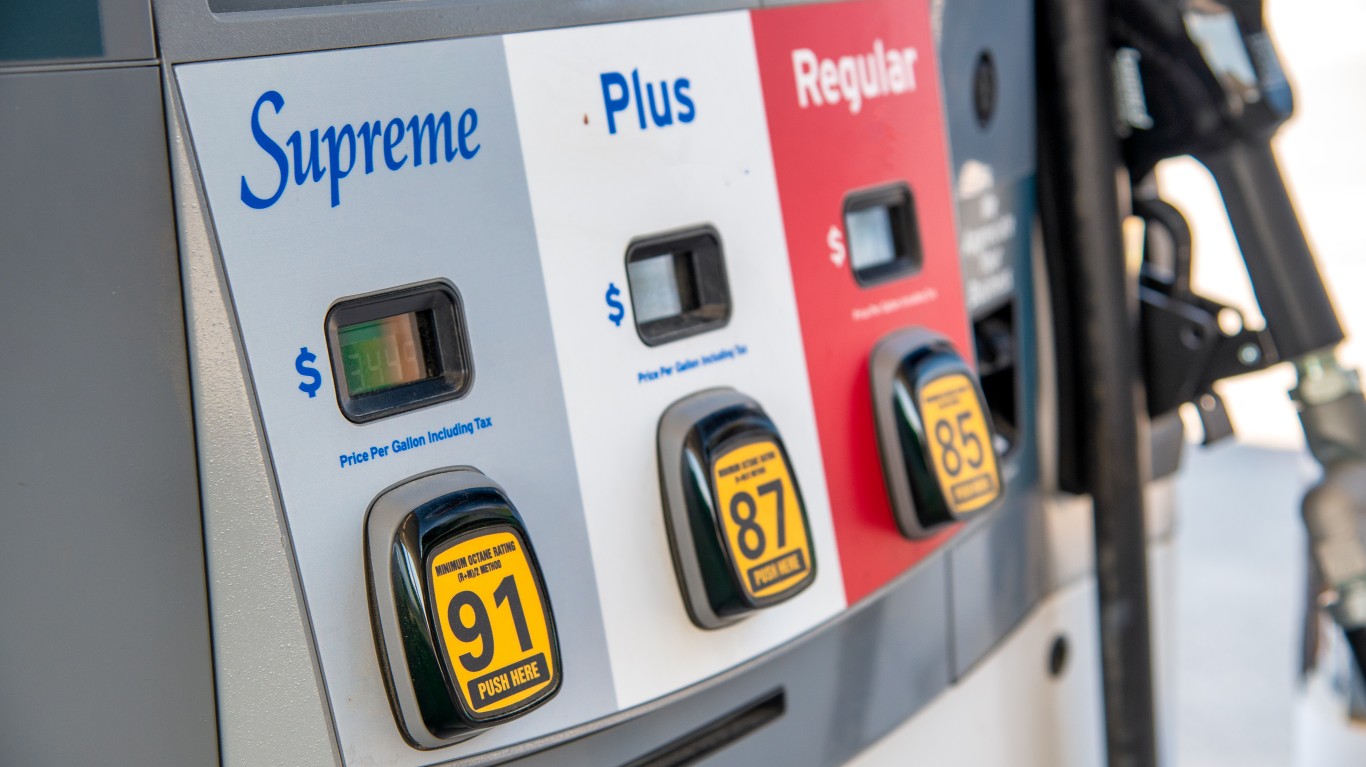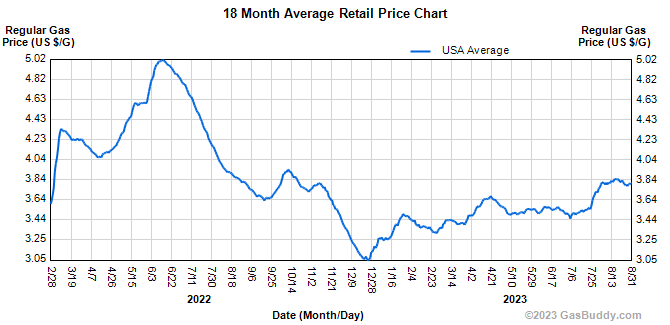

Before Thursday morning’s economic data dropped, index futures traded slightly higher, with the Dow Jones industrials showing the biggest gain (up 0.5%). After the news dropped, index futures appeared to have been trading right around investors’ expectations.
Initial claims for unemployment benefits dipped slightly week over week from a revised total of 232,000 to 228,000. Continuing claims rose from a revised total of 1.697 million to 1.725 million. Taken together, the two data points pretty much implied a wash. (See how the most important issues to Americans rank.)
Personal income rose by 0.2%, less than the June increase of 0.3% and the consensus estimate for a similar increase in July. Personal spending, however, increased by 0.8% month over month, more than the consensus estimate for an increase of 0.7% and sharply higher than the revised 0.5% increase in June. Personal consumption and expenditures (PCE) prices rose by an expected 0.2%, and core PCE rose by the same amount. Both met expectations and matched the increases posted in June.
Viewed together with Wednesday’s second estimate of June-quarter gross domestic product (GDP), which came in with a smaller-than-expected increase of 2.1%, and the second GDP deflator estimate of 2.0%, also lower than expected, investors seemed content to let their bets on more interest rate hikes ride until Friday’s nonfarm payroll report for August is released. Those bets currently favor a pause in a rate hike at the FOMC’s September 19 and 20 meeting.
The consensus estimate calls for a smaller month-over-month increase in nonfarm payrolls in August, from 187,000 in July to 175,000. Even at that rate, that is a significant increase in employment. Headline unemployment is expected to tick up, from 3.5% in July to 3.6%.
If there is an outlier among this week’s data dump, it is the Conference Board’s Consumer Confidence Index. The index fell from a revised July reading of 114.0 to 106.1, sharply lower than the consensus estimate for a reading of 116.0. Survey responses dropped from 153.0 to 144.8 on the present situation index and from 88.0 to 80.2 on the expectations index.
Yet consumer spending rose even as personal income came in with a below-consensus increase. If consumers are spending freely, why are they so gloomy about the economy? The first place to look is gasoline pump prices. A gallon of regular gasoline now costs an average of $3.81 a gallon in the Lower 48. A year ago, a gallon of regular cost $3.94.
That is not especially good news because prices were on their way to a low last year of $3.05 a gallon at the end of December. This year, gas prices have risen by $0.76 per gallon, even though they have moderated slightly in the past month. When American consumers have to spend more at the pump, they typically spend less on other things. This does not make consumers happy.
High mortgage rates are another barometer of consumer sentiment. After years of mortgage rates at 4% or less, a jump to more than 7% prices some potential buyers out of the market.
Automobile prices continue to rise as well. The average price of a new vehicle in June was $48,808, up $800 over the March price. Consumers, however, are buying. Cox Automotive estimated earlier in August that new vehicle sales for the month would be 19% higher year over year, and up 3% compared to July sales. And one of the drivers of increased sales has been rising inventories of new cars feeding consumers’ pent-up demand due to previously limited inventory.
In the first three days of trading this week, the Dow was up about 1.6%, the S&P 500 was up about 2.5% and the Nasdaq Composite was up about 3.5%.
At Thursday’s opening bell, the Dow traded up about 0.5%, while the S&P 500 and the Nasdaq Composite were both up about 0.2%.
ALERT: Take This Retirement Quiz Now (Sponsored)
Take the quiz below to get matched with a financial advisor today.
Each advisor has been vetted by SmartAsset and is held to a fiduciary standard to act in your best interests.
Here’s how it works:
1. Answer SmartAsset advisor match quiz
2. Review your pre-screened matches at your leisure. Check out the advisors’ profiles.
3. Speak with advisors at no cost to you. Have an introductory call on the phone or introduction in person and choose whom to work with in the future
Take the retirement quiz right here.
Thank you for reading! Have some feedback for us?
Contact the 24/7 Wall St. editorial team.

 24/7 Wall St.
24/7 Wall St.


